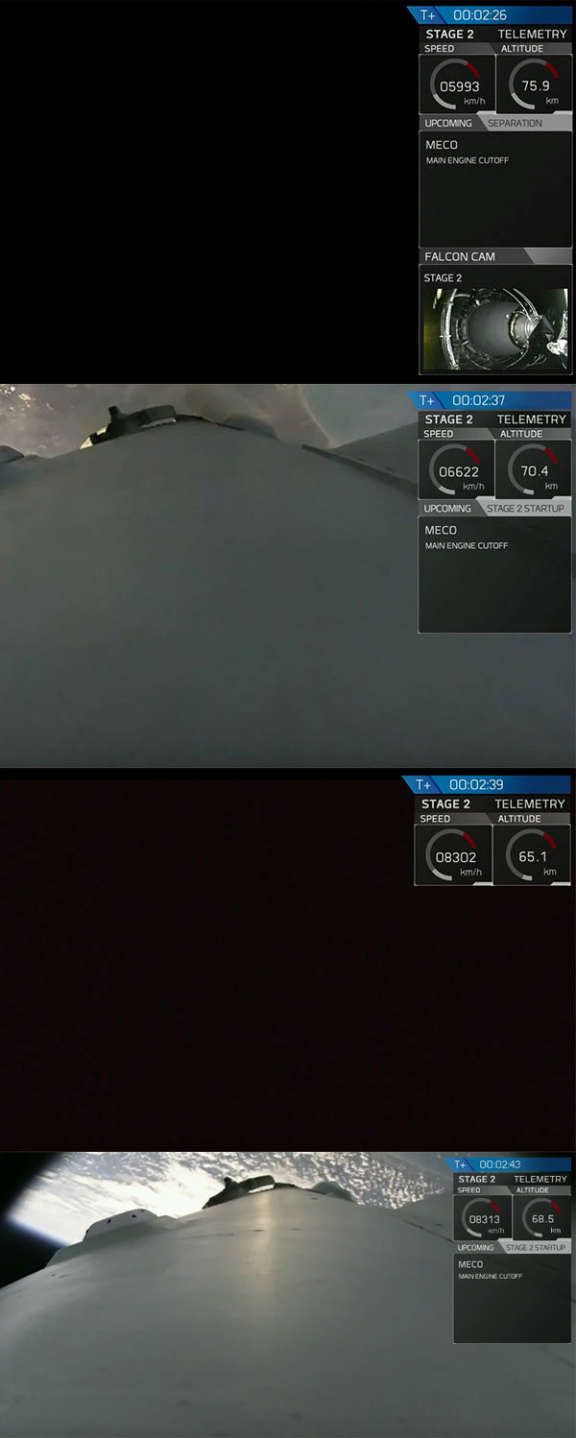When it absolutely, positively, has to be there in one hour
-
We'll be calling SpaceX.
U.S. Transportation Command to study use of SpaceX rockets to move cargo around the world
The U.S. military command that oversees logistics operations has signed an agreement with SpaceX and XArc to study the use of space launch vehicles to transport supplies in an emergency.
Army Gen. Stephen Lyons, commander of U.S. Transportation Command, announced the agreement Oct. 7 at a National Defense Transportation Association virtual conference.
“Think about moving the equivalent of a C-17 payload anywhere on the globe in less than an hour,” Lyons said. The C-17 is a very large military cargo plane capable of transporting a 70-ton main battle tank.
Transportation Command has signed a cooperative research and development agreement, known as CRADA, with SpaceX and Exploration Architecture Corporation (XArc) to study concepts for rapid transportation through space.
“There is a lot of potential here,” said Lyons He noted that one of the challenges of military logistics is the “tyranny of distance and time, and global access.”
Space transportation is weight- and volume-constrained compared to airlift, and has limited options for launching and recovery operations. “As industry advances to overcome these challenges and decrease costs, a space transportation capability to put a crucial cargo quickly on target at considerable distances makes it an attractive alternative,” said U.S. TRANSCOM Deputy Commander Vice Adm. Dee Mewbourne.
Under a CRADA, industry participants are not paid but volunteer time and resources to help the government study “use cases” for their technology and concepts of employing space as a mode of transportation.
One of the scenarios would be to establish a space transportation surge capability, similar to the existing Civil Reserve Air Fleet (CRAF) emergency preparedness program where civilian airlines commit to augmenting DoD airlift capability during emergencies.
“I had no sense for how fast SpaceX was moving, but I’ve received their update and I can tell you they are moving very rapidly in this area,” Lyons said.
-
@Klaus said in When it absolutely, positively, has to be there in one hour:
They could move a main battle tank with a spacex rocket?
https://en.wikipedia.org/wiki/Falcon_Heavy
Payload to Low Earth Orbit can be up to 63,800 kg.
If you don't need to get into orbit, I imagine it would be higher still.
The Leopard weighs (a bit) less than that.
-
@Copper said in When it absolutely, positively, has to be there in one hour:
A rocket going 24,610 MPH used to deliver a vehicle that goes 45 MPH
Velocity to orbit is ~ 18K MPH. Doesn't even have to go that fast to launch and drop.
Also, most of the weight of the rocket is fuel. If you're not going to orbit, you don't need that much fuel.
-
I was thinking about the infrastructure to get such a program going. For military purposes, I don't think it would be all that difficult. SpaceX has already demonstrated that it can land a rocket on its tail within a few meters of its target (a barge in the ocean). Adapting the landing struts to accommodate non-level surfaces doesn't seem like an insurmountable challenge. At worst, again in a military context, a team of engineers could easily deploy a platform. If they can build a bridge, they can build a deck, no?
The big problem would be bringing the rocket back to base for re-use.
-
@Copper said in When it absolutely, positively, has to be there in one hour:
24,610 MPH
That's escape velocity. No need to go that fast.
When the Dragon went to the ISS, it was only about 17K MPH.
Here's the speed of the 1st stage booster of the Falcon (and that's all you'd need)

More here: